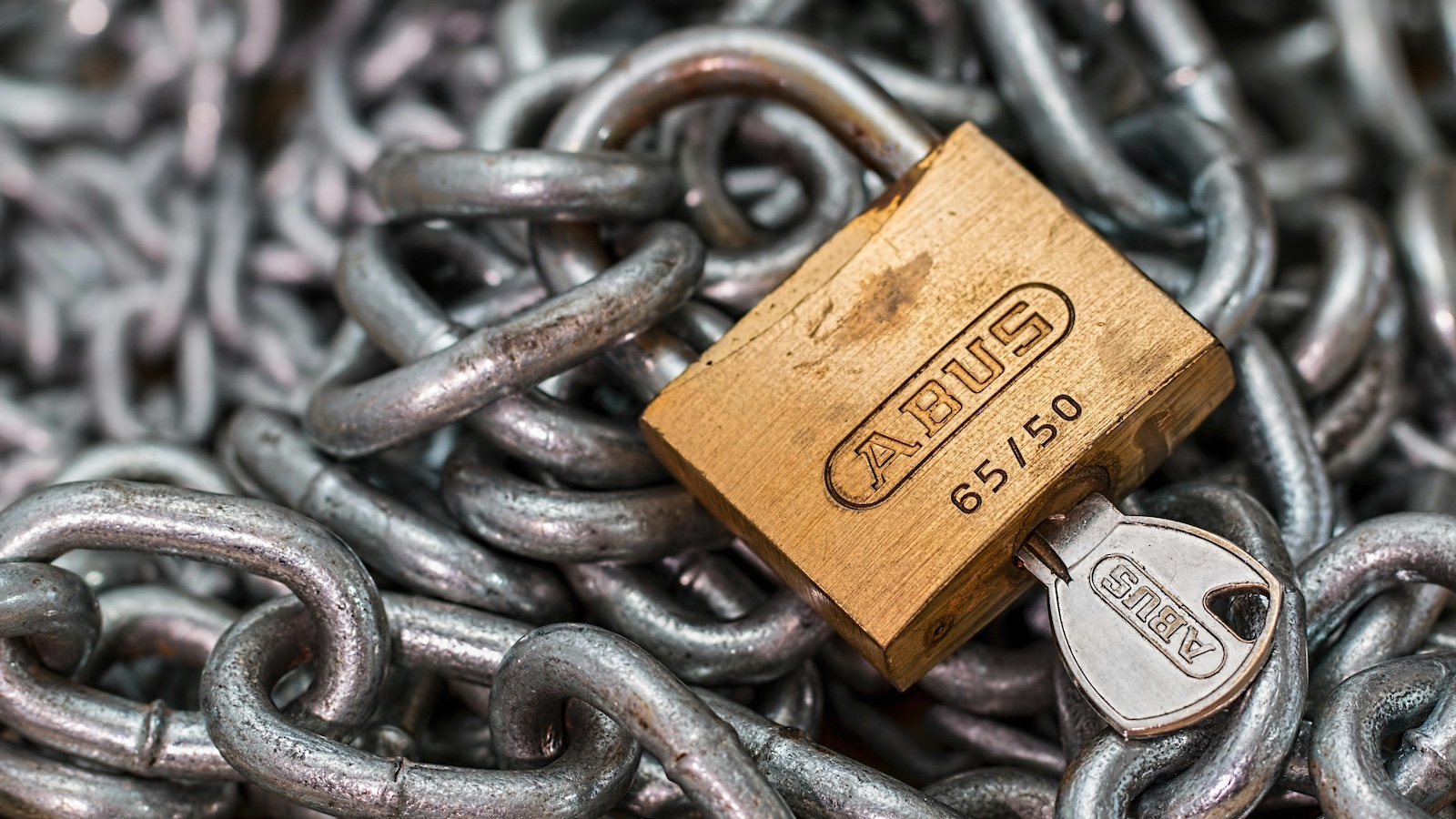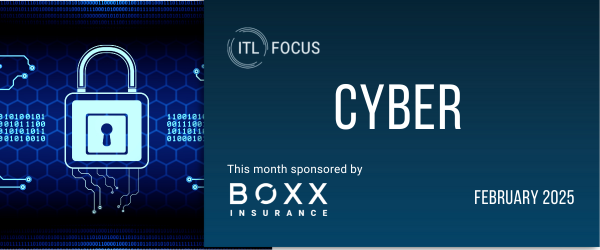The number and the potential severity of cyber breaches is increasing. A recent PwC survey found that nearly 90% of large organizations suffered a cyber security breach in 2015, up from 81% in 2014. And the average cost of these breaches more than doubled year-on-year. With more connected devices than ever before—and a total expected to reach 50 billion by 2020 —there are more potential targets for attackers, and there is more potential for accidental breaches.
What’s more, as of late 2015, companies are, for the first time, listing their information assets as nearly as valuable as their physical assets, according to the 2015 Ponemon Global Cyber Impact Report survey, sponsored by Aon.
So, how do you keep your organization’s data—and that of your clients and customers—safe?
It’s not just a matter of investing in better technology and more robust systems, according to Aon cyber insurance expert Stephanie Snyder Tomlinson, who says, “A lot of companies find that the weakest link is their employees. You need to train employees to make sure that if they get a phishing email, they’re not going to click on the link; that they don’t have a Post-It note right next to their monitor with all of their passwords on it. It’s the human error factor that companies really need to take a good hard look at.”
From intern to CEO: Simple steps everyone can take
It’s easy for individuals to become complacent about data security, says Aon’s global chief privacy officer, Brad Bryant. But, with cyber threats increasing, it’s more important than ever to be aware of seemingly innocent individual actions that can potentially lead to serious cost and reputational consequences for your organization.
According to Bryant, there are four key things that everyone can do to help protect themselves and their organizations from the rising cyber threat:
- Be alert to impersonators. Hackers are becoming increasingly sophisticated at tricking people into giving away sensitive information, from phishing to social engineering fraud. You need to be more vigilant than ever when transmitting information. Are you certain they are who they say they are?
- Don’t overshare. If you give out details about your personal life, hackers may be able to use them to build a profile to access your or your company’s information. From birthdays to addresses, small details build up.
- Safely dispose of personal information. A surprising amount of information can be retained by devices, even after wiping hard drives or performing factory resets. To be certain that your information is destroyed, you may need to seek expert advice or device-specific instructions.
- Encrypt your data. Keeping your software up to date and password-protecting your devices may not be enough to stop hackers, should your devices fall into the wrong hands. The more security, the better, and, with the growing threat, encryption should be regarded as essential.
Key approaches for organizations to better protect data
To protect your, your customers’ and your and clients’ information, investing in better cyber security is one element. But data breaches don’t just happen through hacks, or even employee errors. At least 35% of cyber breaches happen because of system or business process failures, so it’s vital to get the basics right.
Prevention is key, says Tom Fitzgerald, CEO of Aon Risk Solutions’ U.S. retail operations. There are four key strategies he recommends all organizations pursue to limit the risk and make sure they’re getting the basics right:
- Build awareness. Educate employees on what social engineering fraud is, especially those in your financial department. Remind employees to be careful about what they post on social media and to be discreet at all times with respect to business-related information.
- Be cautious. Always verify the authenticity of requests for changes in money-related instructions, and double-check with the client or customer. Do not click on random hyperlinks without confirming their origin and destination.
- Be organized. Develop a list of pre-approved vendors and ensure employees are aware. Review and customize crime insurance—when it comes to coverage or denial, the devil is in the details.
- Develop a system. Institute a password procedure to verify the authenticity of any wire transfer requests, and always verify the validity of an incoming email or phone call from a purported senior officer. Consider sending sample phishing emails to employees to test their awareness and measure improvements over time.
Much of this advice is not new, but the scale of the threat is increasing, making following this advice more important than ever. Fitzgerald warns, “Social engineering fraud is one of the greatest security threats companies can encounter today. ... This is when hackers trick an employee into breaking an organization’s normal digital and physical security procedures to access money or sensitive information. It can take many forms, from phishing for passwords with deceptive emails or websites, to impersonating an IT engineer, to baiting with a USB drive.”
How governments are driving data protection
The potential consequences of inadequate data security are becoming more serious, and courts and regulators are focusing on this issue globally.
The European Union is considering a Data Protection Directive to replace previous regulations implemented in 1995. The expected result will be a measure that focuses on the protection of customers data. Similarly, an October 2015 ruling by the European Court of Justice highlighted the transfer of customer data between the E.U. and U.S.
Bryant warns: “Regardless of where a company is located, the provision of services to E.U. customers and the collection or mere receipt of personal data from European citizens may potentially subject companies to E.U. jurisdiction. ... Failure to comply could present unprecedented risk for companies, including fines of up to 4% of a company’s total global income.”
Changing E.U. rules aren't the only thing that could affect your business. Internet jurisdictions and organizational operations are increasingly becoming cross-border. This global patchwork of Internet rules and regulations is why only 24% of cyber and enterprise risk professionals are fully aware of the possible consequences of a data breach or security exploit in countries outside their home base of operations.
Why getting the basics right is critical
As the Internet of Things continues to grow, the number and range of potential targets for cyber attack is only going to increase. While eliminating all cyber risk may be impossible, getting the basics right is becoming more important than ever.
Bryant says, “Given the large scope and impact of the various changes in data protection law—coupled with the drastic increase in fines—becoming educated on how to protect our data is more business-critical now than ever before."






